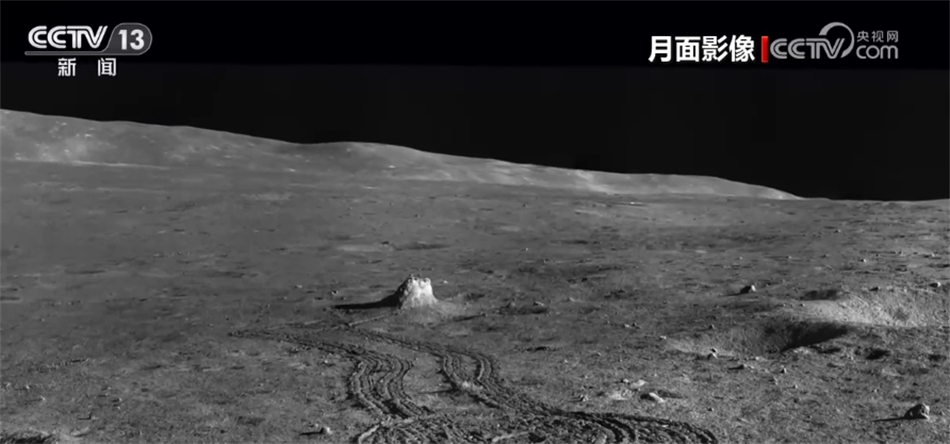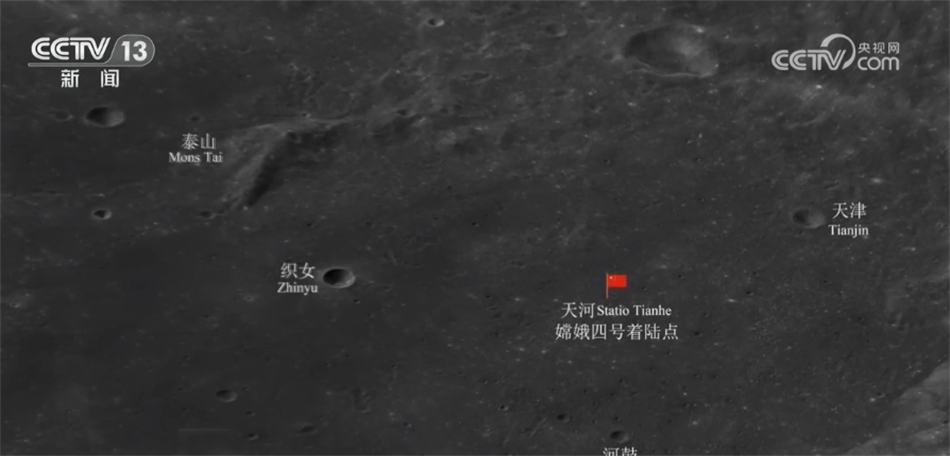Cosmic Chinese romance is hidden in these names to highlight China’s scientific and technological strength.
CCTV News:Today (September 29th) is the Mid-Autumn Festival, which is our traditional festival. Similarly, the naming of spacecraft in China’s lunar exploration project also has strong China traditional cultural characteristics. Apart from the "Yutu" lunar rover we just met, there are also the "Chang ‘e" project and the "Queqiao" relay star. In fact, there are many place names with China elements on the moon. Let’s take a look.
Guanghan Palace, Tianhe, Weaver Girl, Mount Tai and Huashan … … These elements with unique China charm mark the mountains, basins, craters and so on on the moon in the form of naming the geographical entities of the moon. At present, there are 35 place names named after China element on the moon, including 3 landing sites, 22 ring pits, 2 moon streams, 5 satellite pits and 3 mountains.

Naming geographical entities on the moon is not only as simple as a name, but also related to exploration achievements, scientific research level and international contribution.
Chinese scientists used the image data of Chang ‘e-1 to apply for the naming of three ring pits: Bi Sheng, Cai Lun and Yuzhe Zhang. After the success of Chang ‘e III, the naming of four lunar geographic entities including Guanghan Palace in the landing area was officially approved. For the Chang ‘e IV mission, the names of "Tianhe Base" and "Tianjin, Hegu, Weaver Girl and Mount Tai" on the back of the moon were approved. Eight lunar geographic entities, such as the Chang ‘e-5 mission and the "Celestial Ship Base", were named.

Tang Yuhua, deputy chief designer of Chang ‘e VII mission of National Space Administration’s Lunar Exploration and Aerospace Engineering Center;It proves the strength of our country’s technology, or the ability of lunar exploration has reached a certain level. In addition, the elements of China are more reflected on the moon, which is also an international recognition of China culture.